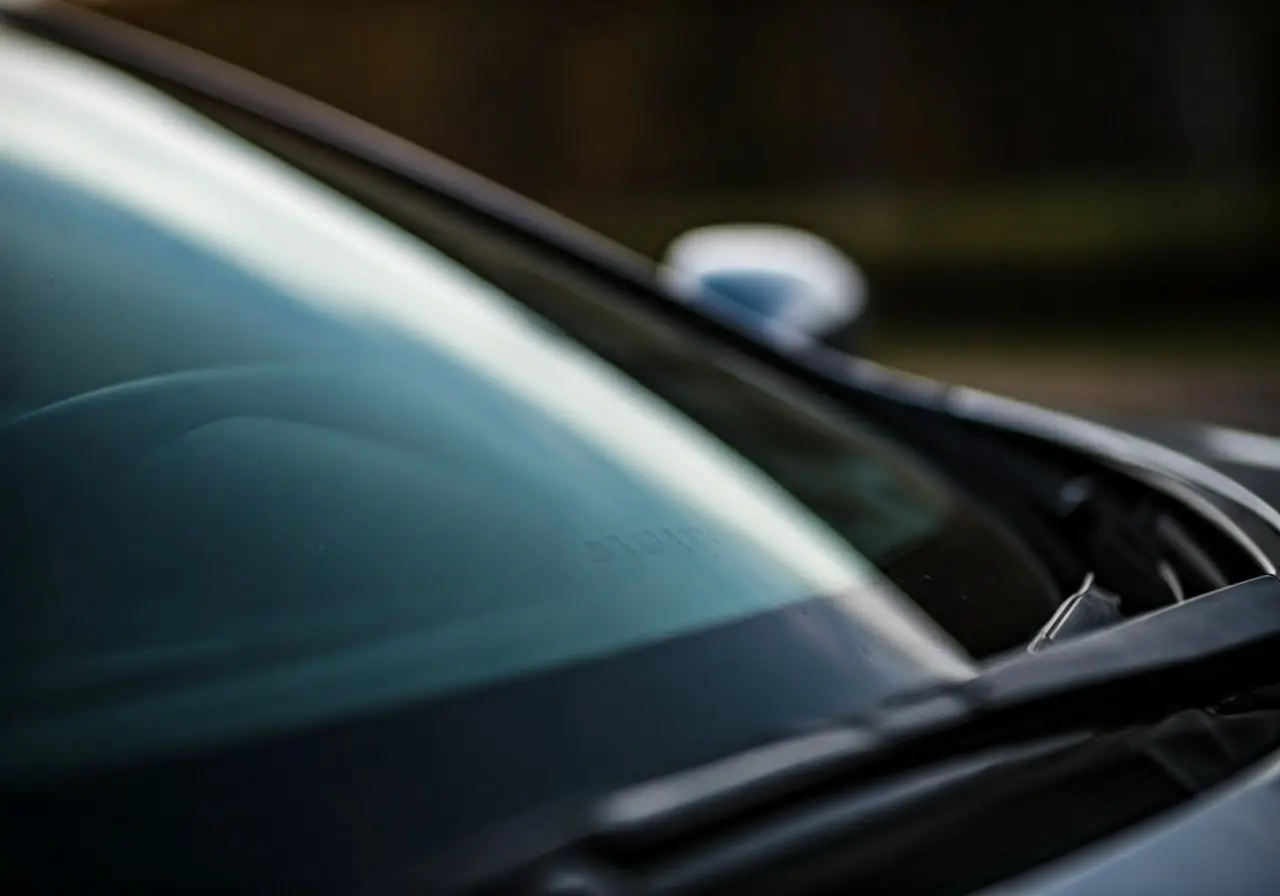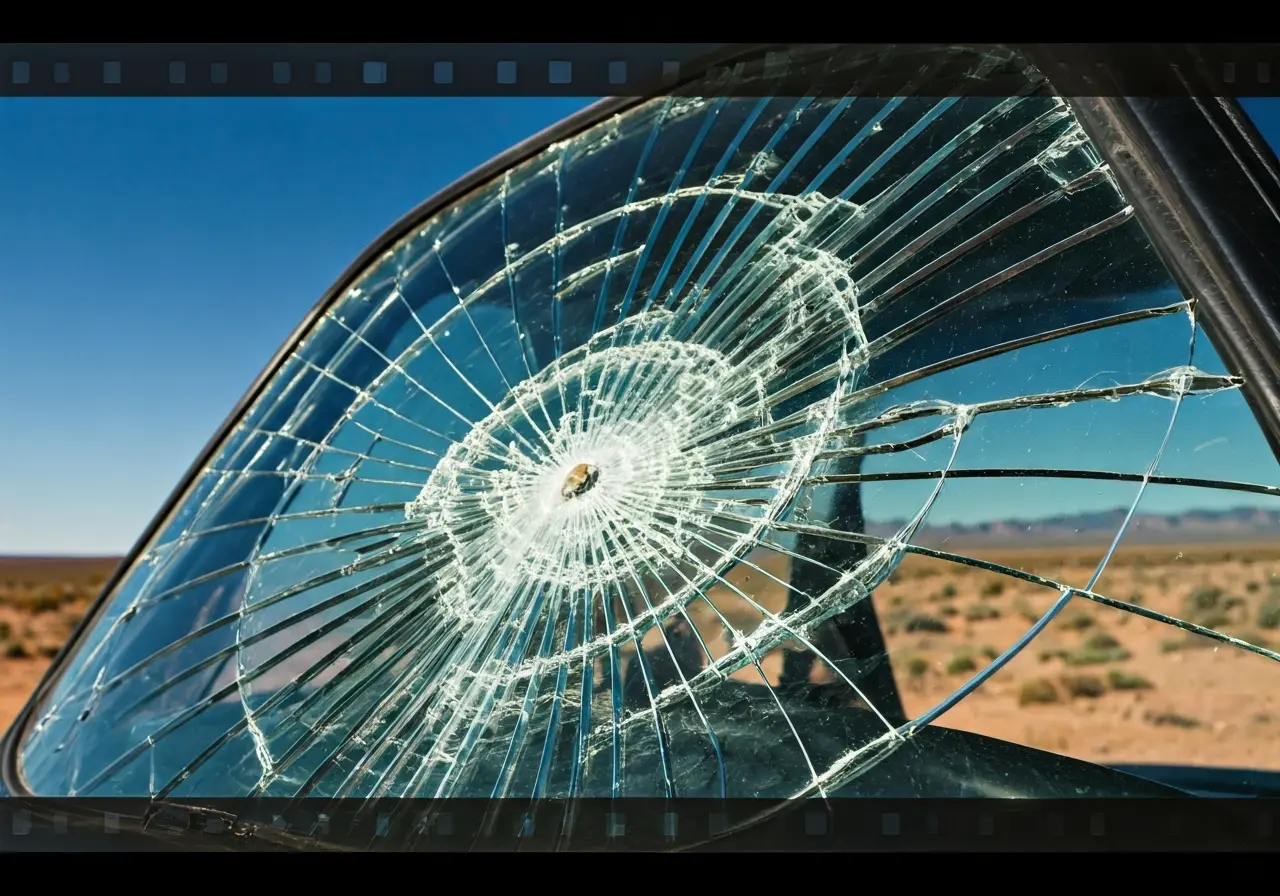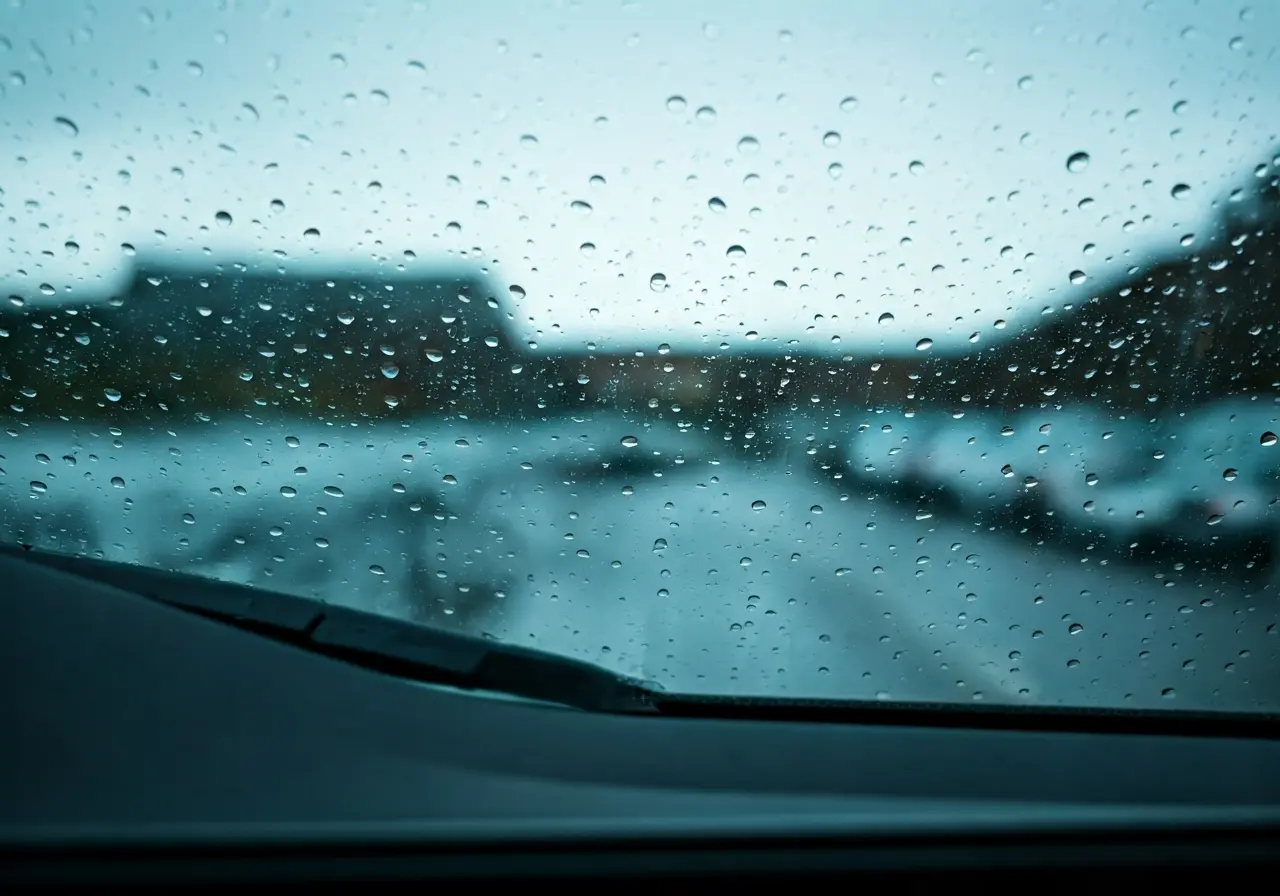In today’s modern vehicles, technology plays a crucial role in ensuring safety and comfort. One such technological feature is the advanced driver-assistance systems (ADAS), which often rely on sensors and cameras positioned around your vehicle. A key component that supports these systems is the windshield, specifically through proper calibration. But why is it so important to calibrate your windshield, especially after a replacement? Let’s dive in to explore the significance of windshield calibration.
Understanding Windshield Calibration
Windshield calibration involves adjusting the settings of a vehicle’s ADAS, which often use forward-facing cameras attached to or near the windshield. This process ensures that all the sensors and cameras are functioning correctly and are aligned properly to provide accurate data for the systems designed to assist in driving safely.
Today, calibration goes beyond mere alignment. It is about integrating technological advancements into the vehicle’s safety framework. Cars equipped with features like lane-keep assist, collision warning systems, and adaptive cruise control rely heavily on accurate data from sensors mounted behind the windshield. Ensuring your vehicle’s ADAS systems work in tandem is crucial for not only safety but also enhancing your driving experience.
Consequences of Improper Calibration
Driving with an improperly calibrated windshield can result in inaccurate ADAS functioning. This might lead to false alerts, non-functioning assistance systems, or even the failure of emergency features. These issues can endanger the driver, passengers, and other road users.
The risks are significant. For instance, a miscalibrated lane departure warning might not alert you in time, potentially leading to unintended lane shifts. Moreover, ineffective systems, like the forward collision warning and autonomous emergency braking, could fail in critical moments, increasing the likelihood of accidents. The Insurance Institute for Highway Safety stresses the potential implications of neglecting proper calibration after windshield services.
Beyond safety concerns, there are financial implications as well. Improper calibration may lead to higher wear and tear on certain vehicle systems or components, ultimately affecting the resale value of your car.
When is Windshield Calibration Needed?
Any situation that alters the position or angle of the windshield warrants re-calibration. This includes windshield replacement, collision, or any service work that involves removing the camera or sensors. It’s a crucial step to ensure all ADAS features work as intended.
Even minor impacts or vibrations can necessitate reassessment. Calibration is not only required after a complete windshield replacement but also any repairs or adjustments made near the sensor mounts. Being proactive in seeking calibration checks could prevent future headaches and enhance your vehicle’s reliability.
Types of Windshield Calibration: Dynamic and Static
Dynamic calibration involves the re-calibration process being performed while the vehicle is driven, allowing cameras to adjust to the environment in real-time. Static calibration is performed in specialized workshops where the vehicle is stationary. Each method has specific requirements and should be handled by trained professionals.
Dynamic methods are particularly effective for vehicles that require adaptation to various driving conditions. On the other hand, static calibration is ideal for controlled conditions where precision is imperative. Both methods share a common goal: ensuring that all systems are responsive and reliable whenever needed.
Choosing the Right Professional for Calibration
It’s crucial to have windshield calibration performed by certified technicians who follow the manufacturer’s specifications. These professionals have the necessary tools and knowledge to ensure the calibration is done correctly, safeguarding your vehicle’s safety and technological features.
Choosing a reputable service provider like Big Time Glass ensures that the latest technological advancements and expert techniques are employed in the calibration process. They offer specialized services that highlight their commitment to unmatched safety standards and client satisfaction. Before choosing a technician, ensure they have experience and understanding of your specific vehicle make and model.
The Crucial Safety and Performance Role of Windshield Calibration
In summary, windshield calibration is not just about maintaining the sophistication of modern vehicles but is also a critical factor in ensuring driver safety. Proper calibration guarantees that all ADAS features function accurately, providing the peace of mind that comes with knowing your vehicle will respond correctly in real-world conditions. Neglecting this process can result in faulty system operations and increased risk on the road. Therefore, always ensure that your windshield is correctly calibrated after any alteration, ensuring optimal safety and performance.



